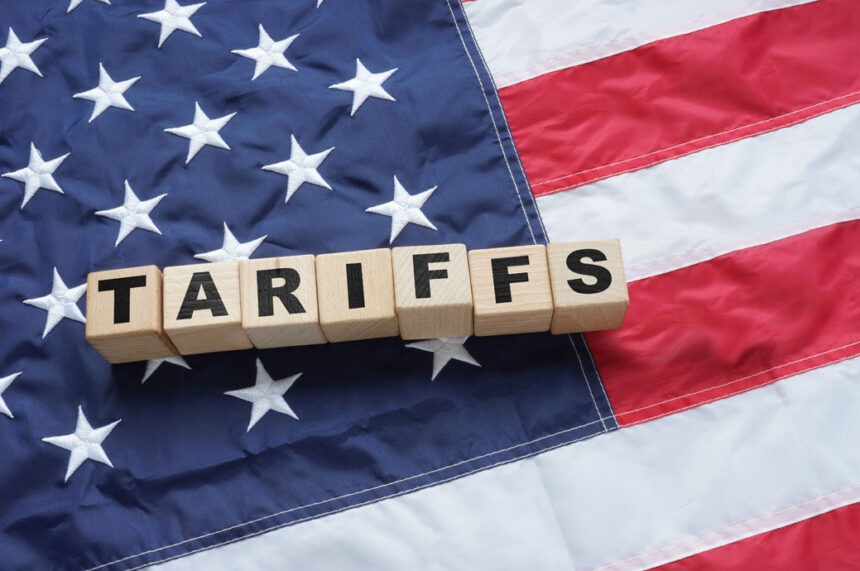Europe’s biggest automakers have hit the brakes on their 2025 financial forecasts as President Trump’s unpredictable tariff blitz sends shockwaves through the industry. In early April, a sudden 25% duty on imported vehicles into the U.S. prompted companies to either suspend or withdraw their full-year guidance—citing the “chaos” of fast-changing trade rules.
Stellantis Hits the “Pause” Button
Stellantis, the global powerhouse behind Jeep, Dodge, Fiat, Chrysler, and Peugeot, was among the first to blink. On Wednesday, it quietly withdrew its full-year revenue and profit targets, blaming “tariff-related uncertainties.” The group reported Q1 net sales of €35.8 billion (about $40.7 billion), down 14% from a year ago, and said it was in “high-level talks” with U.S. policymakers to shape any future duties. Meanwhile, Stellantis is tweaking production plans and scouting new suppliers to soften the blow.
Mercedes Abandons Earnings Outlook
Not far behind, Germany’s Mercedes‑Benz pulled its 2025 earnings guidance altogether after reporting a steep drop in first‑quarter profits. The luxury marque warned that without clear tariff rules, it simply couldn’t “estimate full-year figures with the necessary level of certainty.” Mercedes went on to say that if today’s trade policies hold, both operating profits and free cash flow would suffer—especially for its car and van divisions.
The Tipping Point: Tariff Stacking vs. Executive Relief
The latest turmoil began when Trump slapped a 25% tariff on all auto imports—on top of existing 25% tariffs on steel and aluminum. That “stacked” approach threatened to push consumer prices and production costs sky‑high. In response, the president signed an executive order last Tuesday aiming to block those extra duties from piling up. Some automakers cheered the move, but analysts caution that stop‑start tariff politics are bad for long‑term planning.
“No one knows if these rules will last a week, let alone a quarter,” says Fiona Patel, a senior auto analyst at Meridian Research. “Companies need stability to decide where to build plants or which models to launch.”
A Broader Industry Freeze
Stellantis and Mercedes aren’t alone. Across Europe, rivals from Volkswagen to BMW have signaled similar hesitancy, dialing back investment plans in battery factories, software development, and dealership expansions—at least until the U.S. clears the air on tariffs.
Volkswagen Group said it was reassessing U.S. launch dates for new electric models.
BMW flagged potential delays to its North American manufacturing projects.
Jaguar Land Rover warned its U.S. arm would feel “significant margin pressure” without tariff certainty.
These pauses threaten to ripples through global supply chains—impacting parts suppliers, logistics firms, and even tech startups that depend on the auto sector’s cash flow.
Why Automakers Can’t Afford “Tariff Roulette”
Modern cars are built on razor-thin margins. Every percentage point of tariff adds hundreds or thousands of dollars to a vehicle’s sticker price. For luxury brands, that can mean washing out profit; for mass-market models, it can price them out of reach entirely.
At the same time, automakers are already wrestling with rising commodity costs, semiconductor shortages, and the costly shift to electric vehicles. The last thing CEOs want is a trade policy whipsaw that turns a carefully calculated investment into a money‑losing gamble.
What Comes Next?
As Washington and Brussels trade tariff volleys, the auto world watches anxiously:
Policy Clarity or Chaos? Will the U.S. president commit to a stable, long-term tariff framework—or spring fresh levies on a whim?
Supply Chain Shuffle: Companies are eyeing regional manufacturing hubs—Mexico, Eastern Europe, and Southeast Asia—to sidestep U.S. duties.
Consumer Impact: If tariffs stick, buyers may see price tags jump by up to 15% on imported models, slowing sales and forcing deeper discounts elsewhere.
Analysts believe a clear path—whether that means zero tariffs or a modest, predictable duty—could unlock billions in frozen auto investments. “Automakers will only pour capital into greenfield plants or electric‑vehicle lines if they know the rules won’t change next month,” Patel notes.
A Time for Strategic Patience
For now, Stellantis, Mercedes, and their peers are settling in for a wait‑and‑see approach. They’re engaging with trade negotiators, exploring alternative sourcing, and—most importantly—holding off on big announcements. It’s a strategy born of necessity: in an era of tariff turmoil, patience may be the industry’s most valuable virtue.
READ ALSO: Shocking Outrage: Trump’s AI Pope Image Sparks Fierce Backlash






